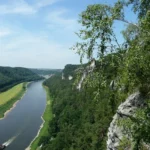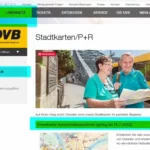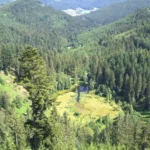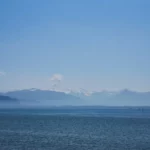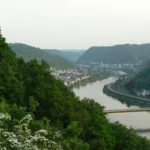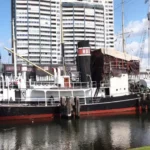Last Updated on 20/03/2023
Dresden was once called Florence-on-the-Elbe for its beauty and for being considered the cultural capital of Germany. Dresden attractions include some important museums and churches. But don’t just think of well-known cities: in Germany you also have to look around. Around Dresden you will find beautiful surroundings along the Elbe.
Attractions near Dresden. Bastei rocks, Königstein Fortress
What to see in Saxon Switzerland and Osterzgebirge. Maps
Welcome cards and public transport in Dresden and surroundings
Harz map. Center and East – from Wernigerode to Tilleda
Harz. West. Map of attractions
What to see in Brandenburg on the map. Part 2
Brandenburg What to see. Part 1
A little history
In 929, the Germanic tribes who conquered the Slavs founded the Meissen fortress. And in 1206 Dresden was mentioned for the first time in written sources. In 1485 the city became a princely residence.
The city reached its heyday in the 17th century under the reign of Elector Frederick Augustus the Strong, who became the Polish king.
After the First World War, the development of industry in the region allowed the city to become the sixth largest in Germany.
After the bombings in February 1945 by the British Air Force, practically nothing remained of the city. But part of the Dresden old town has been restored.
Dresden map

Dresden attractions
You can spend one or two full days in the city. See the Dresden Gallery and the Green Treasury, visit the Frauenkirche and walk along the Bruhl Terrace – such is the Dresden one day cultural program.
On the second day, you can add other interesting museums. The surroundings of Dresden are worth spending more time on.

It takes about half an hour to walk from the main station to the historical center among modern buildings. If you’re short on time, it’s best to take the tram to Theaterplatz and start your walk from the Zwinger.
The Gallery of Old Masters, the Semper Opera (19th century) and the Cathedral overlook the Theaterplatz square.
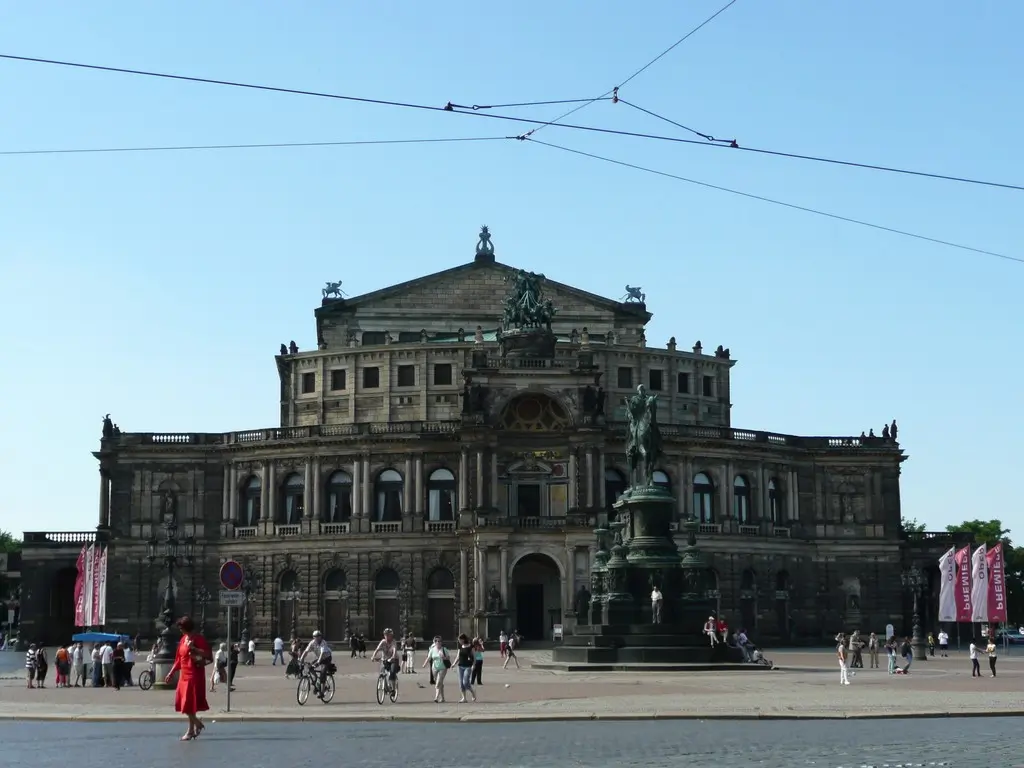
Zwinger (1)
Zwinger is a complex of pavilions and galleries, built by order of Augustus the Strong in 1709-1732. From the very beginning, it served to house numerous palace collections. Now it is also a museum complex.
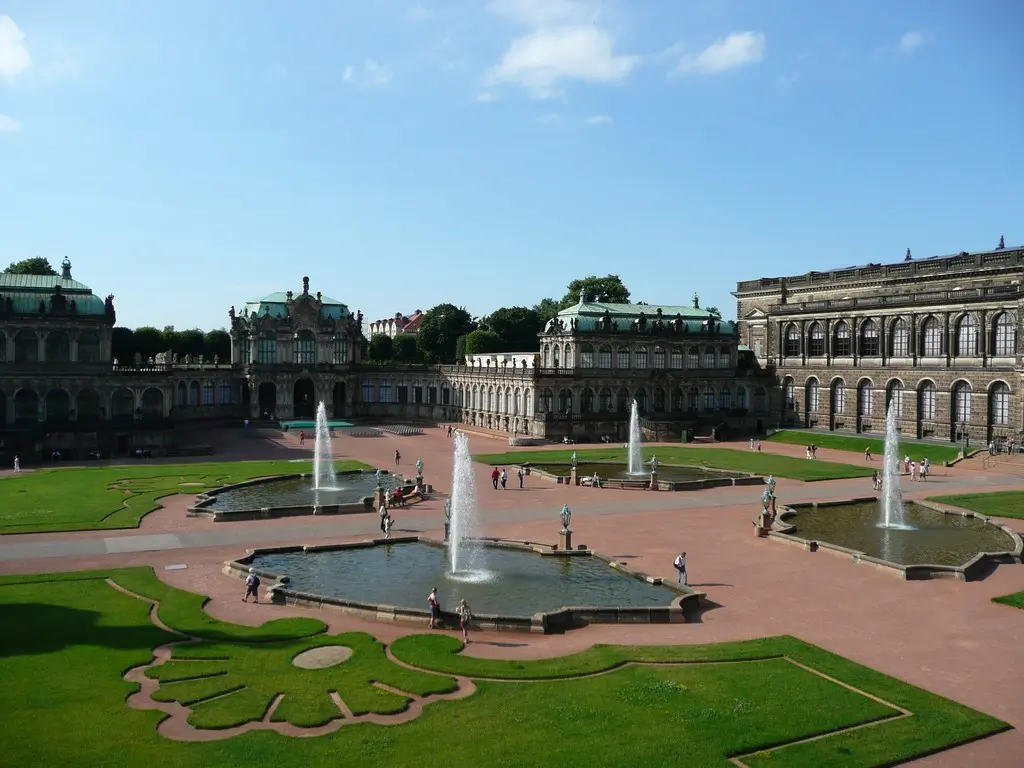

The main thing that cannot be missed is Raphael’s Sistine Madonna. It is in the Gallery of Old Masters in Zwinger. The painting was painted by Raphael for the monastery of St. Sixtus in Piacenza, hence the name. Before the bombings, the art collections, along with the Madonna, were taken out, restored in Russia and returned to Dresden in 1955.
Madonna certainly reigns in the gallery. However, there are a few more masterpieces worth seeing. For example: Sleeping Venus Giorgione, Vermeer’s Girl reading a letter in front of window, Correggio’s Nativity.
The art collections of Dresden are combined into a museum complex – SKD. Quite profitable is the Dresden Card. If you are planning to visit several Saxon castles, then pay attention to SchloesserlandKARTE.

Also in the Zwinger are located: a collection of porcelain and a physico-mathematical salon. The porcelain collection is considered one of the best in the world. It contains about 20 thousand items – Japanese, Chinese and Meissen porcelain.
When the museum is open, you can walk around the upper open gallery.
Dresden Cathedral (2)
Dresden catholic Cathedral was built in 1737 by order of the Elector and the Polish King August 3. During the war, the cathedral was partially destroyed, the interior decoration was lost. The cathedral houses the remains of 49 Electors, including the heart of Augustus the Strong.

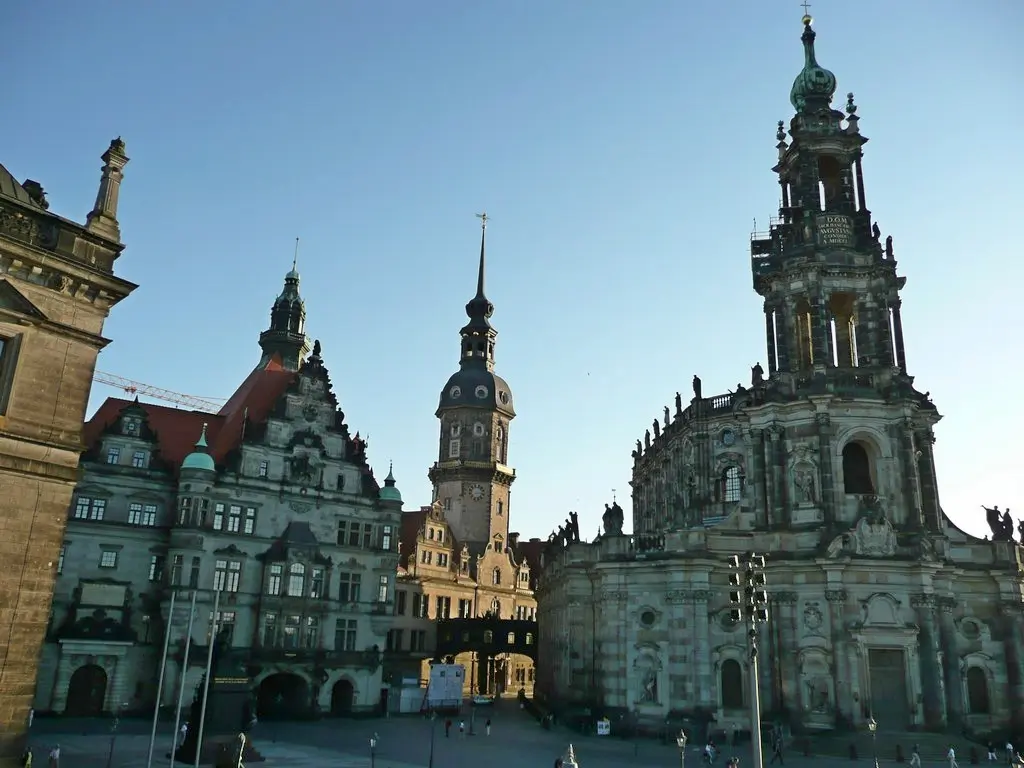
Residence of the Electors (3)
Next to the cathedral is the residence of the Electors (18th century). Now here is a museum complex representing the jewels of the Saxon electors.
In the residence (Residenzschloss): New and Old (Historical) green treasuries (Grünes Gewölbe, named after the color of the vaults), a collection of drawings and engravings and a collection of coins, since 2013 also an armory.
Treasuries represent especially valuable decorations and objects. When visiting the old treasury, you can see the only baroque interiors in Dresden that survived the bombing. There are five rooms in total. The cost of visiting the Old Treasury is not included in either the single day ticket or the Dresden Card. You need to purchase a ticket here in advance – either on the Internet, or by phone, or at the residence ticket office. The visit is possible only at the time indicated on the ticket.
The New treasure is available without pre-purchasing tickets, here you will not see interiors, only art objects. In general, the New Treasury is not as interesting as, for example, the Treasury in Vienna. But here, too, there are some amazing things. For example, an ivory ship or a composition consisting of many figures Offering to the court of the Great Mogul.
Brühlsche Terrase
If you walk a little from the cathedral towards the Frauenkirche, you can look at the Procession of Princes (Fürstenzug, 4). This is a huge frieze on the wall depicting 35 Saxon Electors. The frieze was created on plaster in 1876. And in 1906 it was replaced by the same one, but from Meissen porcelain tiles.
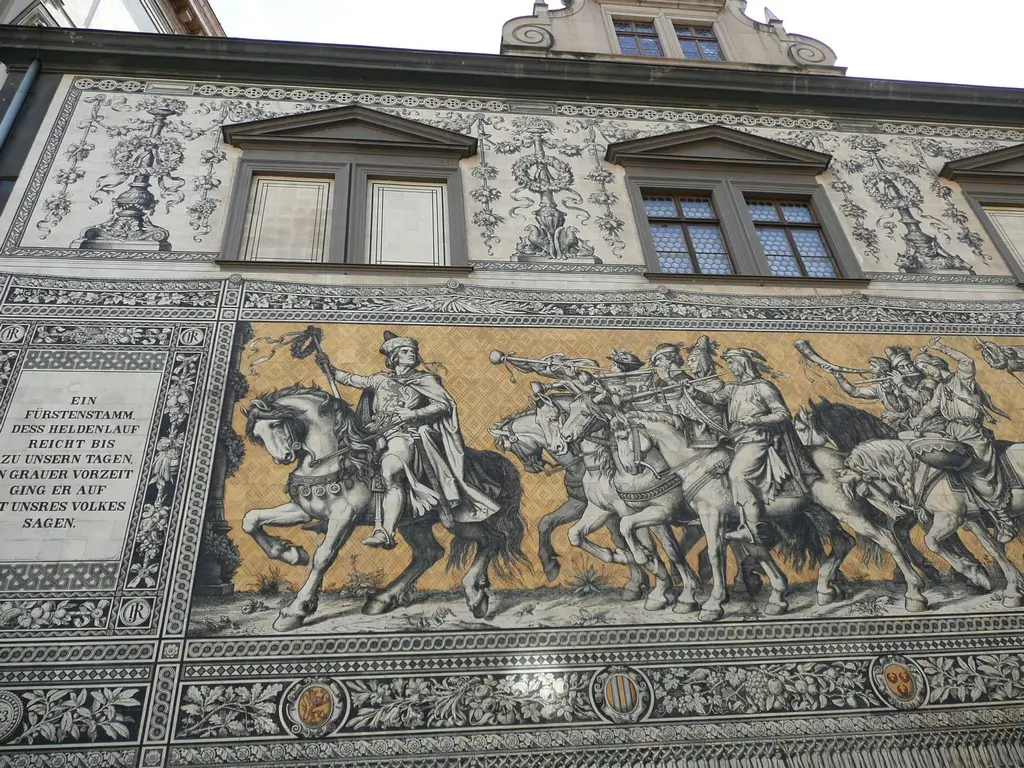
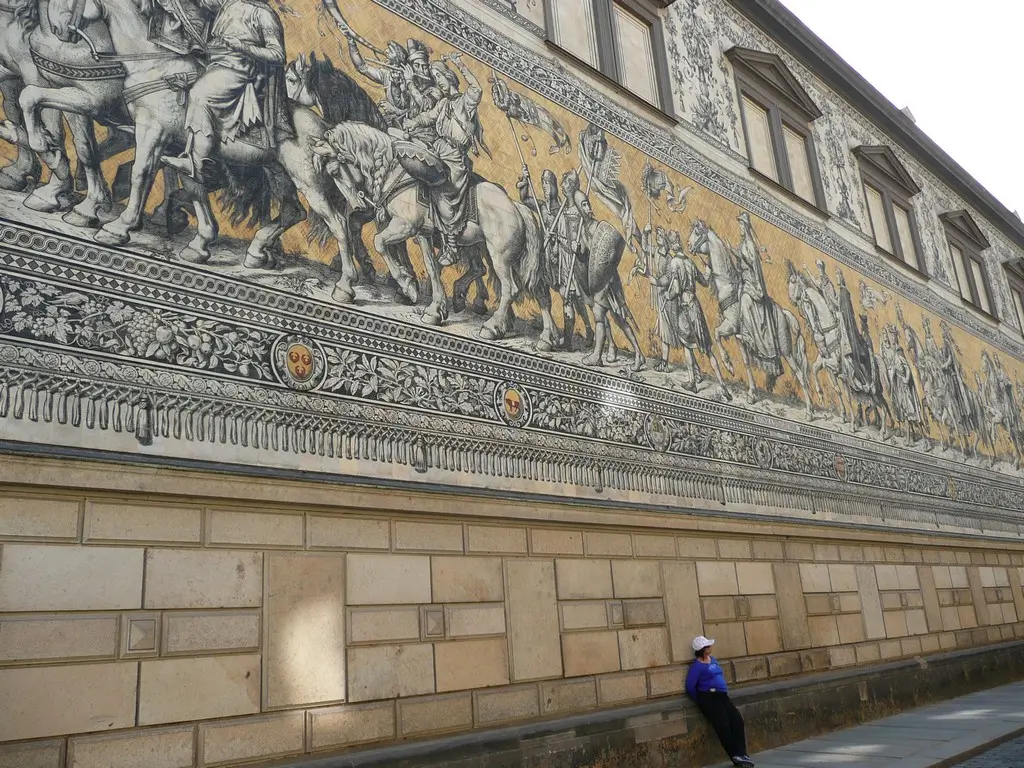
From the cathedral begins the Brühlsche Terrase (5) with excellent views of the Elbe.
At the opposite end of the terrace from the cathedral are the underground museum – the Dresden Fortress (Festung Dresden, 6) and the Albertinum (7) – the Gallery of New Masters.
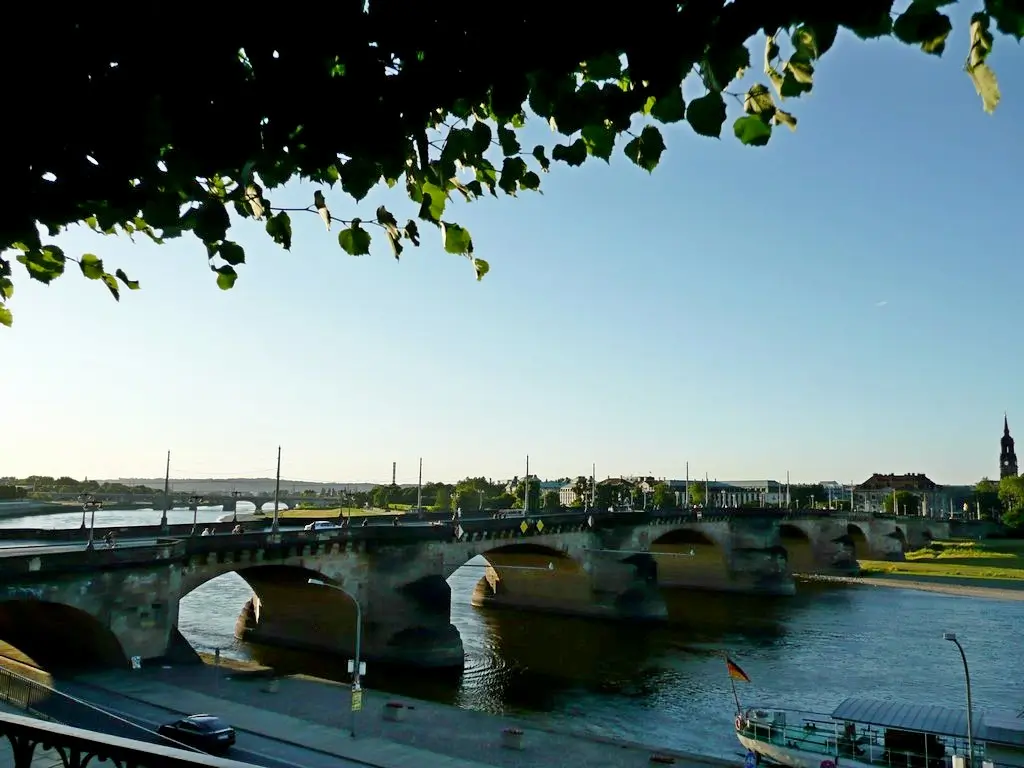
View of the Brühlsche Terrase and the Cathedral from the opposite side of the river.

Follow me
The Albertinum also belongs to the SKD museums. In Albertinum there are Gallery of new masters (Galerie Neue Meister) and a collection of sculptures (Skulpturensammlung).
The Gallery of New Masters houses works by artists from Romanticism to the present. Among the significant names are Caspar David Friedrich, Monet, Degas, Otto Dix.
The sculpture collection includes sculptures from antiquity to the present. According to the new concept of the Albertinum, sculptures from Rodin to the present should be exhibited in this building. The rest are in the Zwinger, but due to renovations this concept will be implemented gradually.
From the Brühlsche Terrase, a narrow street filled with restaurants leads to the Frauenkirche.
Frauenkirche (8)
Frauenkirche is considered the most important Protestant church in Germany. The first church on this site was built in the 11th century. Baroque building – in 1743. In 1945 it was destroyed. Its restoration began only after the reunification of Germany and was completed in 2005. It is said that the remnants of the destroyed church were carefully collected for the new building.
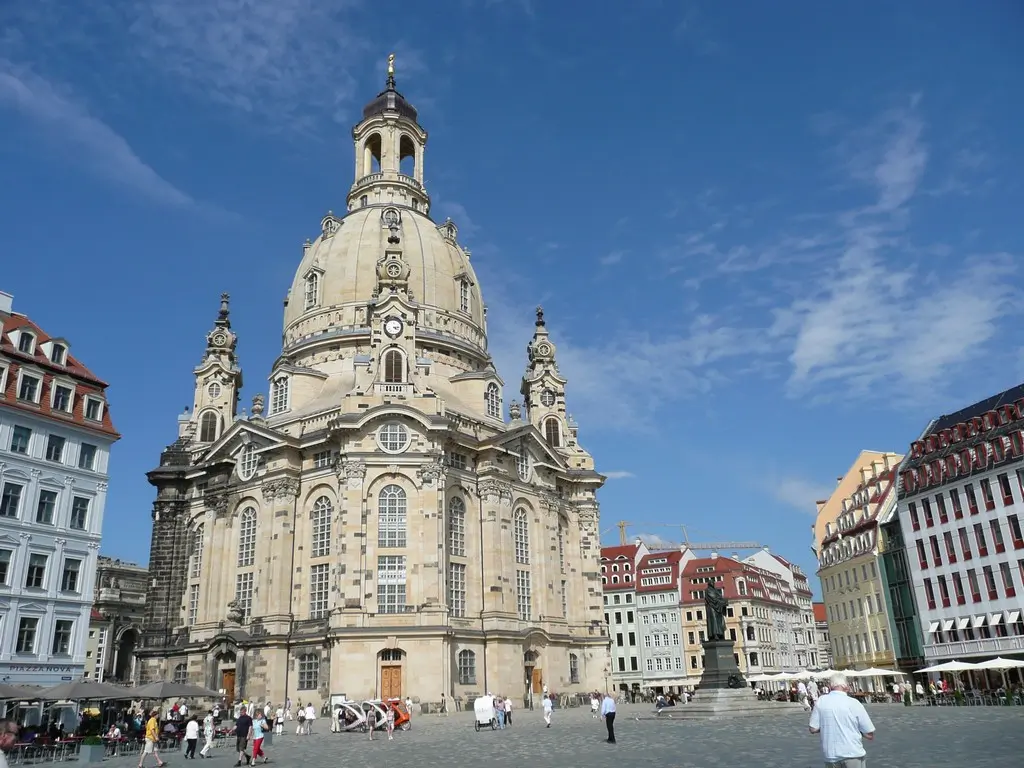
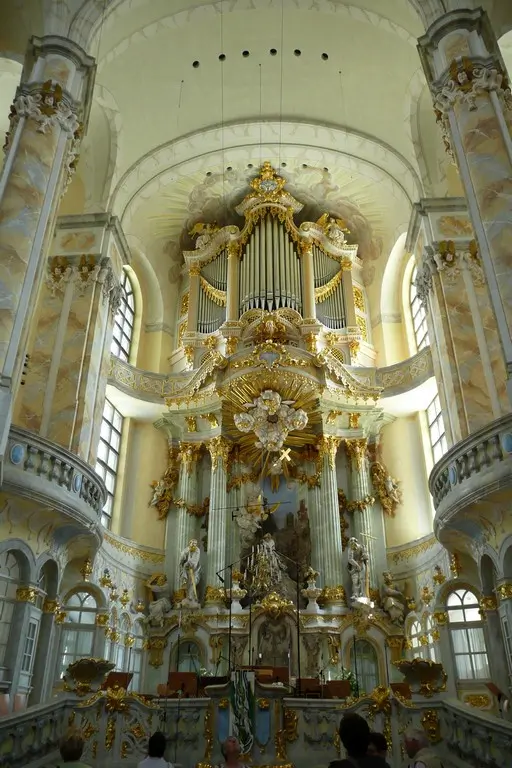


Not far from the Frauenkirche, the oldest church in Dresden is the Church of St. Cross (Kreuzkirche, 9). It was also badly damaged in 1945.
Other museums and viewing platforms
There are some observation platforms in the city:
Hausmannsturm (2, observation deck on the Residence),
Frauenkirche (8),
Town Hall,
Kreuzkiche (9),
tower of the Church of the Three Kings (Dreikönigskirche, 11).
The opening hours of the sites can be found on the Dresden tourism website.
In the center are also the Transport Museum (10) and the Dresden Fortress (6).
Opposite the center, across the Elbe:
Museum of Ethnography (12) ,
World of gdr (14)
Museum of Saxon Art and Puppet Museum (15)
Dresden Dairy (Dresdner Molkerei Gebrüder Pfund) – ornate dairy shop at Bautzner Straße 41
Great garden (16)
Dresden is a very green city: a continuous green zone stretches along the Elbe. In addition, the Great Park (Großer Garten) is located not far from the center and its size is quite consistent with its name. In the Great Park: a zoo and a very small botanical garden, but free and with greenhouses open to the public, a pond with boats, fountains. In the center of the park there is a small summer palace where baroque sculptures are exhibited.
Near the botanical garden – Die Gläserne Manufaktur Dresden. Here you can visit the production of Volkswagen electric vehicles and the Center for the Mobility of the Future with a guided tour.

Pillnitz
Buses can take you to Pillnitz Palace, located in the immediate suburbs.
Halfway there will be the Blue Wonder Bridge. At the end of the 19th century this bridge, painted blue, was seen as a technical marvel. From the bridge up the slopes to the observation deck you can take the funicular.
The Pilnitz Palace (also part of the SKD) houses the museum of decorative and applied arts and the museum of the palace itself. The originally decorated palace was built in 1721 as the summer residence of Augustus the Strong. In the museum you can see, in particular, the throne of Augustus, silver furniture, tapestries, dishes.


The palace is surrounded by a picturesque park with pavilions. The pride of the park is the Pillnitz camellia. The tree was brought from Japan at the end of the 18th century. In order for it not to freeze, for the winter it was hidden in heated wooden houses. Now a huge mobile glass house with a climate computer has been created for the camellia. The tree blooms in February – April.
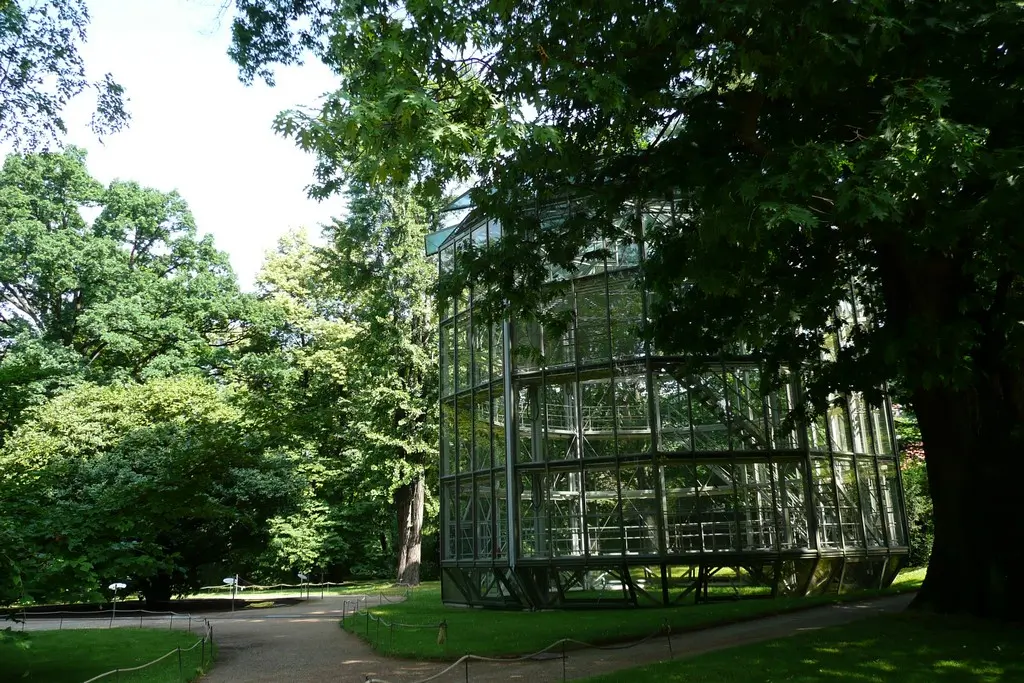
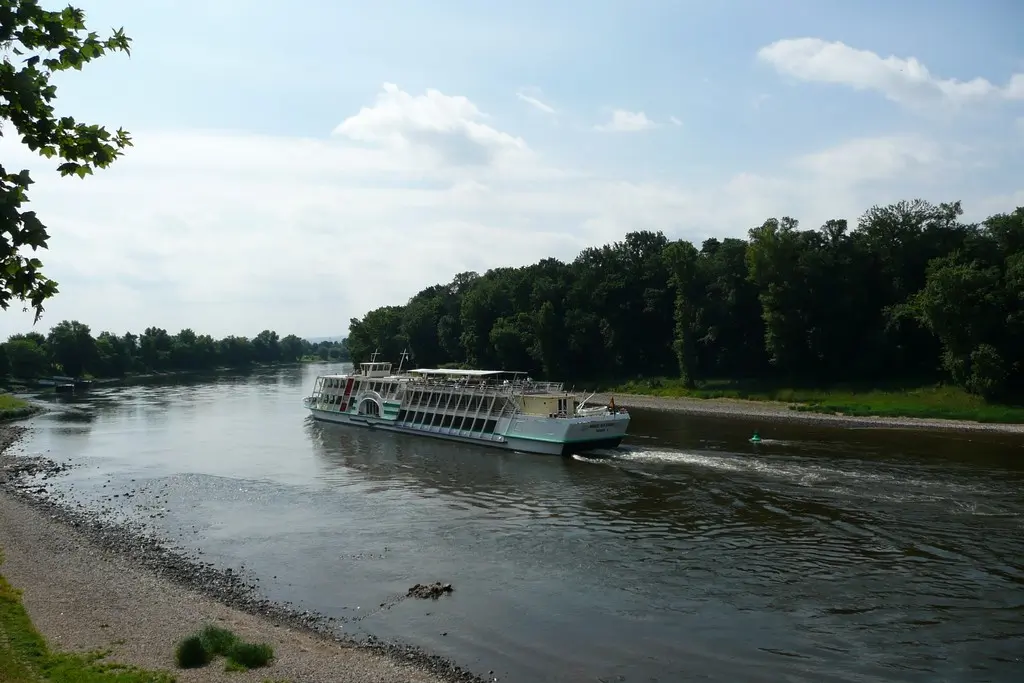

Attractions near Dresden. Bastei rocks, Königstein Fortress
What to see in Saxon Switzerland and Osterzgebirge. Maps
Welcome cards and public transport in Dresden and surroundings
#Three Saxony
Do you enjoy the site without cookies? This means that I work for you at my own expense.
Perhaps you would like to support my work here.
Or change your cookie settings here. I don’t use personalized ads


